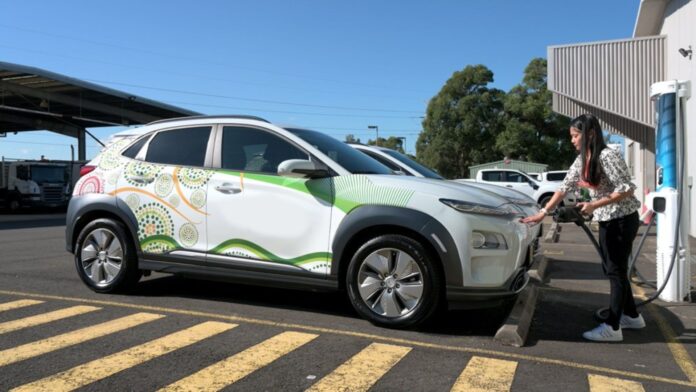
Transgrid has set new targets for lowering carbon emissions as the company accelerates the renewable energy transition.
Transgrid CEO Brett Redman said Trasngrid would work hard to reduce its climate impact while developing a better power system and expediting the transition to clean, renewable energy.
“The future will be powered by clean energy, and as the largest network in the National Electricity Market, our infrastructure is critical – there will be no transition without transmission,” Redman stated.
Redman added that Transgrid is responsible for producing a future-proof power network that has a low environmental effect throughout construction and operation. To that end, Redman said Transgrid is speeding its work program and establishing credible and ambitious long-term greenhouse gas emission (GHG) reduction targets.
Transgrid has pledged to support the Federal Government‘s climate change aims by:
- Reducing Scope 1 and 2 emissions by 60 per cent by 2030, compared to a 2021 baseline, and to net zero by 2040; and
- Reducing Scope 3 emissions from Purchased Goods and Services and Capital Goods by 48 per cent per $M spent on these two categories by 2030, relative to a 2021 baseline, and to net zero by 2050.
According to Transgrid, the targets are science-based targets (SBT) matched with the degree of decarbonisation required to prevent global temperature increases to 1.5°C or well below 2°C, as set by the Science Based Target Initiative (SBTi).
“The transmission system is central to all decarbonisation scenarios for Australia. We’re building the energy superhighway with major projects like EnergyConnect, HumeLink and VNI West to increase the sharing of renewable energy across the NEM; investing in battery technology and, through our commercial arm Lumea, physically connecting renewable generators to the network,” Redman said.
Redman stated Transgrid is facilitating the most significant energy shift in its lifetime. He added that Transgrid is committed to developing innovative and efficient solutions to guarantee the system can decarbonise safely and swiftly while simultaneously putting downward pressure on power prices by providing cheaper, cleaner energy to millions of Australians.




















